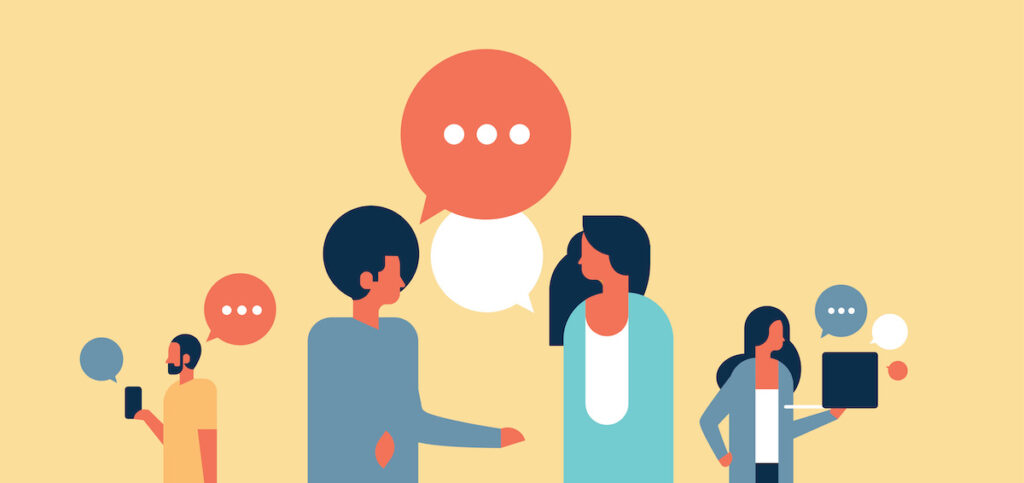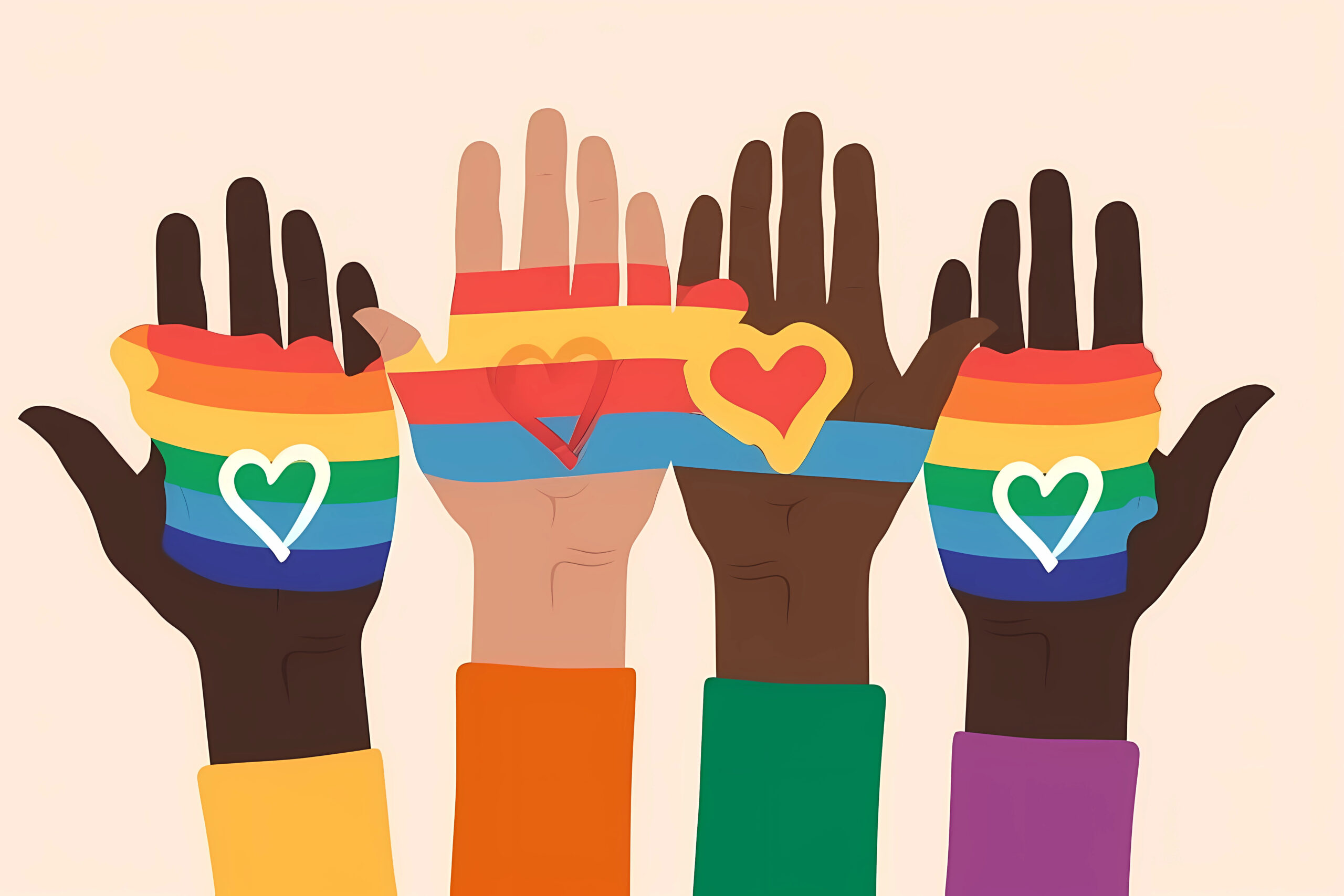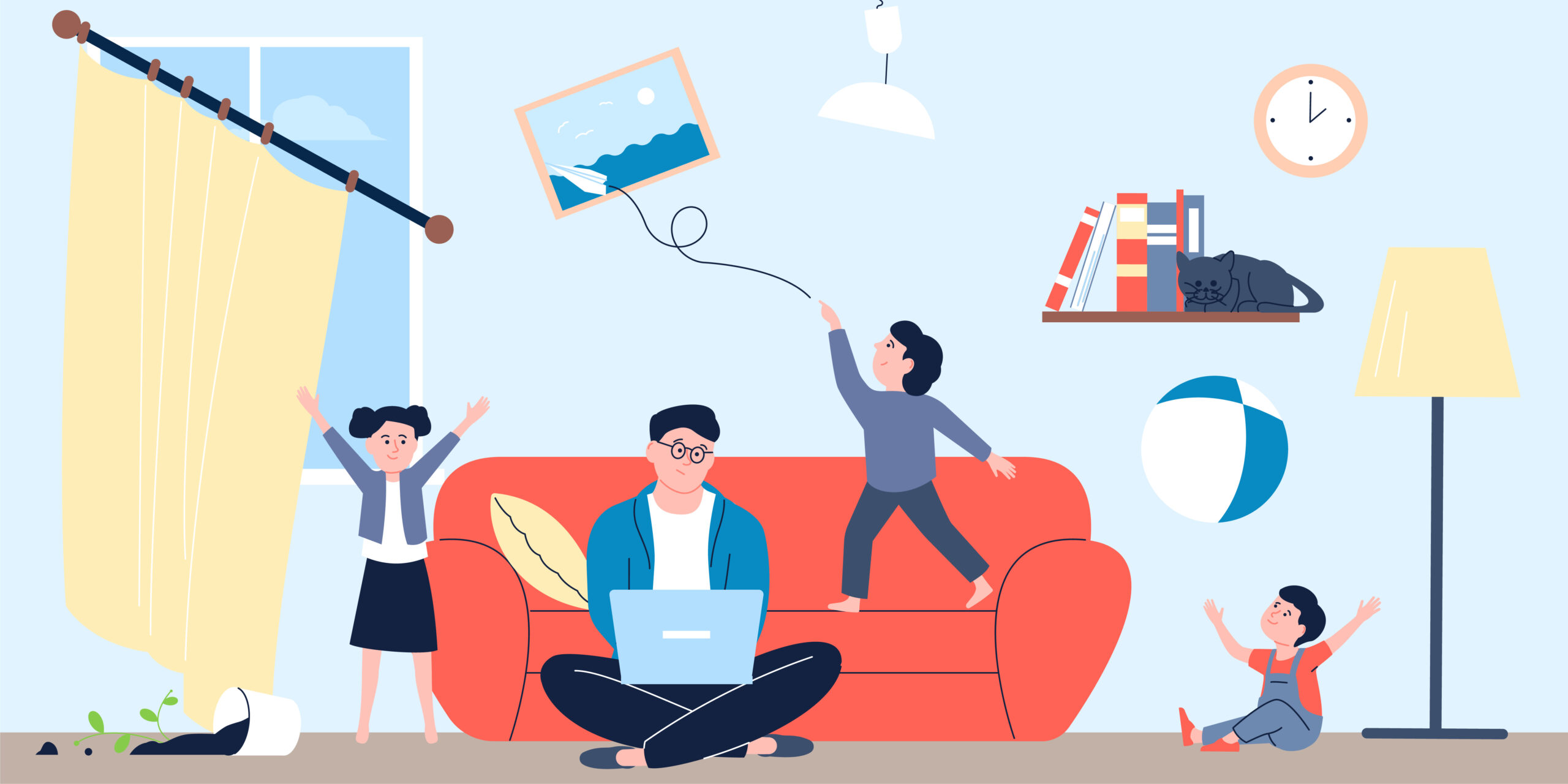Usually committed by a well-meaning person — unaware that what they’re saying is inappropriate, gauche, or hurtful — the term microaggression captures the spirit of these slights. But make no mistake: microaggressions can cause mountains of harm.
Welcome to the world of microaggressions. It’s more macro than you think.
Microaggressions are remarks or actions that do not necessarily signal malicious intent but can inflict insult or injury just the same. These commonplace (and often unconscious) instances of racism, homophobia, xenophobia, sexism, and more are insidious because they tend to happen casually and frequently — with no explicit harm intended. And if you are from a marginalized group, they may be a constant in your world.
While it might sound trivial, the cumulative effects of these countless micro messages invariably signal that you do not belong, leading to low self-esteem and feelings of alienation. And can trigger imposter syndrome (when people doubt their achievements). Research from Dr. Derald Wing Sue, Professor of Counseling Psychology at Columbia University, and others shows that microaggressions may be more harmful than overt racism or prejudice. Dr. Sue, who has written two books on microaggressions, defines the term this way: “The everyday slights, indignities, put-downs and insults that people of color, women, LGBTQ populations or those who are marginalized experiences in their day-to-day interactions with people.”
Microaggressions matter because they seem to be both symptoms and causes of larger structural problems. It can be all too easy to slight others without exerting vigilance when interacting with people whose lived experiences are “other” than our own. Lack of intention does not mean that the impact of these remarks and actions doesn’t hit hard. Microaggressions spotlight cultural differences in ways that put the receiver’s “non-conformity” on vivid display, inspiring shame while causing anxiety and crises of belonging for minorities. While they may not always be ill-intentioned, microaggressions add up, creating a hostile environment and illuminating deeper problems in our country. It’s death by a thousand and one paper cuts and counting.
What do microaggressions look like?
Any minority group in society can become a bullseye for microaggressions — women, religious minorities, immigrants, LGBTQ+ folks, and more. Here are some examples of microaggressions and the subtext behind them.
EXAMPLES:
- “Where are you from” or “where were you born?”
- “You speak English so well!”
- “What are you? You’re so unique looking!”
- A teacher or boss fails to learn or continues to mispronounce a student’s or coworker’s name after they have been corrected multiple times.
Subtext: You are not a real American. You are forever a foreigner in your own country. Your ethnicity or racial identity makes you exotic.
EXAMPLES:
- A doctor of color is mistaken for housekeeping or service worker, or female doctor mistaken for a nurse.
- A person of color is ignored at a store counter as attention is given to the white customer.
- Saying “you people…”
- In a meeting, the boss tends to call more often on male colleagues than female ones.
Subtext: People of color could not possibly hold high-status positions. Women occupy nurturing positions. People of color are less valued customers. You do not belong. You are a lesser being.
EXAMPLES:
- A person crosses to the other side of the street to avoid a person of color.
- A white person clutches their purse or feels for their wallet when a Black or Latino person comes towards them.
- A store owner follows a customer of color around the store.
Subtext: You are dangerous. You are poor. You are a criminal and are going to steal. You do not belong.
EXAMPLES:
- “You’re a credit to your race!”
- “Wow! Impressive, how did you become so good at math?”
- To an Asian person: “You must be great at math, can you please help me with this problem?”
- To a woman: “I would never have guessed that you were a computer programmer!”
- “You need to get yourself a Jewish lawyer.”
Subtext: People of color are usually not as smart. All Asians are intelligent and great at math and science. It’s unusual for a woman to have strong mathematical abilities. Jews are pushy and shrewd.
And sometimes microaggressions scream more silently, like when completing basic forms and being forced to pick Male or Female, or being presented with two options for relationship status: married or single. The implicit message? You don’t count the same way if you don’t fit these dualistic buckets.
Actionable steps to combat microaggressions?
Even those of us with the best of intentions can inadvertently commit a microaggression, and honestly — most of us have at one time or another. Committing a microaggression does not mean you are a bad person. Rather, it’s a symptom of living in a world where the dominant view tends to be Eurocentric, masculine, heterosexual, and Christian. There are steps we can take to help minimize the impact and harm of microaggressions. The first step to addressing a microaggression? Recognizing that one has occurred, then dissecting what message it might be sending.
When you are the bystander.
You witnessed what you feel is a microaggression, and you know that staying silent expresses tacit approval for what was said or done — so what should you do?
Be an ally. Your voice can be a potent force in combating microaggressions. When the target of a microaggression complains, they are often dismissed as being over-sensitive or biased.
Speak for yourself. Share why you found the comment, remark, or action upsetting. It’s vital to speak from your own experience. You don’t want to talk on behalf of the person who experienced the slight, because doing so can be a form of microaggression. From your perspective, share why you are offended, disturbed, or hurt.
One way to proactively and constructively respond to the microaggression is with a form of micro-resistance called Open The Front Door. It is an approach that can resolve conflicts quickly and efficiently while still paying respect to the listener. By using this communication technique, both parties can move on and maintain a positive relationship. Open The Front Door, or OFTD, is a mnemonic device for the four steps involved in this valuable tool.
- Observe. Describe in clear, unambiguous language what you see happening.
- Thoughts. Share what you think about what happened based on your observation. Try not to put the person on the defensive.
- Feelings. Express your feelings about the situation.
- Desire. State what you would like to have happen.
Developed to help both those on the receiving end of microaggressions and their allied colleagues address these issues in the workplace, OTFD is a potent tool because it encourages direct and transparent communication while offering clarity around goals for how to proceed after the problem has been identified. It is an incredibly malleable model that allows for a range of responses that can be modulated depending on the environment, power dynamic, and personal communication style of the individual.
When you are the microaggressor.
The proverb holds, especially here: “The road to hell is paved with good intentions.” Even those who are members of a marginalized group can commit microaggressions against other minorities, and sometimes even against members of their own group. A Latina lesbian may succumb to a common microaggression against people with disabilities, raising her voice when speaking with a blind person as if they are also deaf — the underlying assumption being that those with disabilities are disabled in all aspects of their functioning.
So what to do if you are accused of a microaggression?
Try not to be defensive.
Before reacting, stop. Think. Consider that the person is taking a risk in sharing this information with you. Take stock of your feelings, thoughts, and behaviors — are you angry about being confronted? Do you hear yourself trying to minimize the situation? Work to listen actively, even if what you are hearing challenges you.
Acknowledge the other person’s pain. Apologize.
Take responsibility for your comment. Apologies go a long way. If you are unclear on how your comment may have offended, gently ask for clarification, sharing that you would like to avoid making similar mistakes in the future.
Then reflect.
Ask yourself where the microaggression came from and how you can sidestep making the same blunder in the future. Remember that these micro slights add up, and as they do, the harm they inflict grows proportionally. Endeavor to increase your understanding of how your privilege and prejudice may skew your thinking so that you can actively shift your perception and behavior going forward.
It may be tempting to gloss over microaggressions, given that blatant racism is still an endemic problem — but the accumulated build-up of these seemingly small lacerations has profound mental and physical health consequences that cannot be overlooked. We have to take a hard look at microaggressions and make moves to mitigate them if we want to do more than pay lip service to diversity and inclusivity.
About the author.
An award-winning creator and digital health, wellness, and lifestyle content strategist — Karina writes, edits, and produces compelling content across multiple platforms — including articles, video, interactive tools, and documentary film. Her work has been featured on MSN Lifestyle, Apartment Therapy, Goop, Psycom, Pregnancy & Newborn, Eat This Not That, thirdAGE, and Remedy Health Media digital properties.




